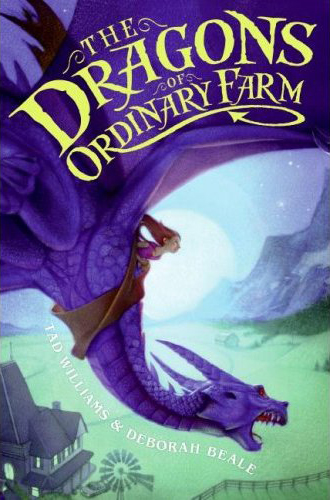Finished this last night:
Blankets by Craig Thompson.
The Review:
First love is tough. There is enthusiasm, a sense of discovery, laughter, passion, grace, and for most, the eventual shattering of personal ideals. Craig Thompson captures all of these feelings and more in
Blankets, by using his own experiences as a template for his illustrated autobiography. He wrote, drew, and inked every page of this ambitious work, and the amount of labour put into it shows in the complex finished product.
Blankets is an intimate and passionate purging of personal demons, and a beautiful encapsulation of teenage innocence and growth. By using his own life as the basis for the book, Craig Thompson ensures a closeness and honesty with his work and his audience. Regardless of how much he may have embellished or idealized some of these scenes, the end result is still an affective work of literature.
There are numerous parts to this graphic novel. It begins in a small town in Wisconsin, where a grade 3 Craig and his kindergarten brother Phil sleep in the same bed, using the wonderful imaginations that boys have to enact various action-packed scenarios. This innocence is portrayed beautifully by Thompson, who uses his talents and his medium to their fullest potential. For example, he will begin with the boys on the bed, but then do a full-page spread of them lost at sea, with sharks circling their boat. The result is joyful, rambunctious, and lively. He does this throughout, not only to show his relationship with his brother, but to depict his relationship with his family, his first love, and his faith.
Craig's personal struggles with himself and his faith permeate every scene of the book, and his relationship with his Evangelical upbringing and God in general inform much of his guilt and perceived personal failings. He is ashamed to touch a girl, or to even lay alone in her bed; he attempts to be a picture of moral purity. What is interesting is how his faith journey begins as a commitment based on the desire to escape his mortal shell. Since he is not the most popular kid in school at any age, Craig envelops himself in the belief that he is only a shadow passing through and that he has heaven to look forward to as a reward for his piety and mortal suffering. Thompson uses Bible passages throughout to emphasize the weight of faith in his journey, sometimes depicting the Bible stories themselves with charming mastery.
Thompson could have been very blunt with this book. Instead, he takes his time developing his characters, and there is a long cumulative effect to how Craig comes to certain realizations in his life. Yes, there are obvious touchstones throughout the story, but they generally come after a long period of personal discovery. It is this patience that gives the book an honesty and a very human feeling. The most mundane things are depicted, but never without reason, and always with meaning. How the author is able to fill each panel and page with something new and wonderful is a testament to his artistic commitment.
When Craig does want to emphasize something, he does it with style, grace, and a romantic purity that is difficult to criticize. Yes, he romanticizes certain scenes, but the emotional staying power of these images and their implications can never be denied; this is a book whose scenes and images stay with you long after you put it down. The graphic novel format, more than any other, has the power to entrench its messages in the reader's mind, as it begs for re-reading and re-seeing. The reader is able to stop at any time and admire an image, in all its subtlety, for as long as he or she wishes. All the better when the artwork has such full, sharp, and flowing lines like it does in Blankets. Sometimes, the pictures are all you need to tell the story.
So, why call the book
Blankets? Aside from Craig and his brother having to share the same bed, and Raina making a homemade quilt for Craig, there does not seem to be much meaning behind the title. But just as the rest of the book has a cumulative structure, so does the title: it becomes the common bond between each of Craig's storylines. If you really wanted to analyze the book, you can say that the blankets represent warmth and comfort, just like Craig's memories and his faith serve the same function. However, the opposite effect is that blankets can also coddle and overprotect us, closing us off from the real world. Eventually, we need to step outside and engage the world ourselves, allowing it to scar us, while gradually gaining the confidence to make our own footprints in the snow. I will not spoil the ending, but I will say its sentiment is a perfect closing to everything that has come before. It gives purpose to Craig's journey and offers a simple yet profound idea, while bringing everything full circle. Yes, there are still some questions and minor frustrations at the end, but the dominant emotion I was left with was one of admiration.
The Verdict:
This book is an achievement in autobiographical fiction. There are a few loose ends, such as an early sexual abuse experience that is never fully reconciled or talked about between Craig and his brother, but this is forgiven when every other aspect of the book is considered. I fully recommend this to graphic novel aficionados and the uninitiated alike; it is simultaneously microscopic and massive in scope.
4.5/5
Next Up:
The Gunslinger by Stephen King.
More info at my blog:
http://backlogbooksblog.blogspot.com/





















